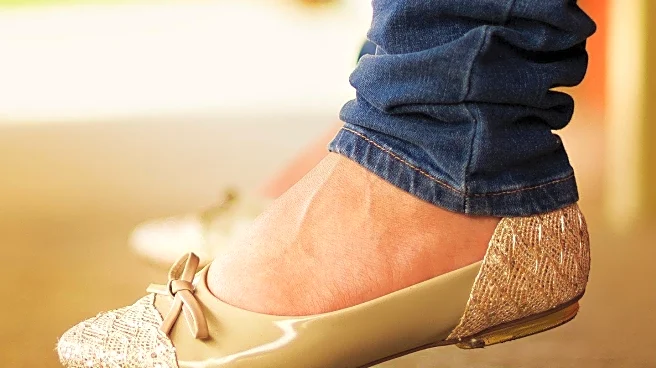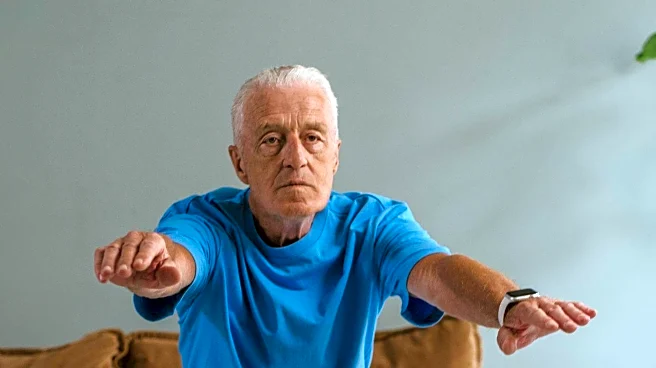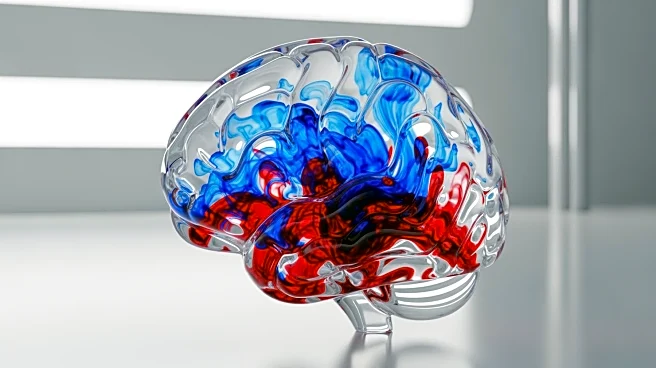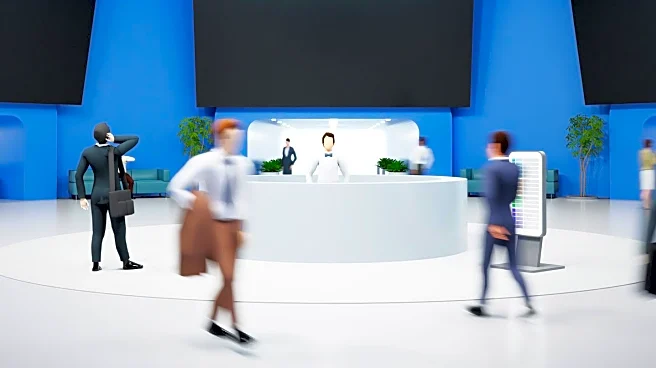What's Happening?
Flat feet, a condition where the foot's arch is flatter than usual, is often not problematic for most individuals. However, when symptoms such as pain or deformities occur, treatment may be necessary.
Prof. Eran Tamir, an orthopedic surgeon, explains that flat feet can be congenital or acquired over time, with acquired flat foot often developing around ages 50-60 due to tendon degeneration. Conservative treatments, including custom orthotics and physical therapy, are typically recommended to alleviate symptoms. Surgery is considered only when conservative methods fail. Despite common beliefs, studies have not proven a direct link between flat feet and knee or back pain.
Why It's Important?
Understanding flat feet and their potential impact is crucial for individuals experiencing symptoms, as untreated conditions can lead to further complications. The emphasis on conservative treatment highlights the importance of non-invasive methods in managing symptoms effectively. This approach can prevent unnecessary surgical interventions and promote overall foot health. Additionally, dispelling myths about flat feet causing knee or back pain can lead to more informed decisions regarding treatment options, reducing anxiety and unnecessary medical expenses for patients.
What's Next?
Patients experiencing symptoms are advised to consult orthopedic specialists for diagnosis and treatment plans. Early intervention can prevent progression and complications in other joints. For those with persistent pain, surgical options may be explored, offering relief and improved mobility. Continued research and education on flat feet can further refine treatment approaches and enhance patient outcomes.
Beyond the Headlines
The discussion around flat feet also touches on broader themes of medical myths and the importance of evidence-based treatment. As misconceptions are clarified, patients can make more informed choices about their health. The focus on conservative treatment aligns with a growing trend in healthcare to prioritize non-invasive methods, reflecting a shift towards patient-centered care.












